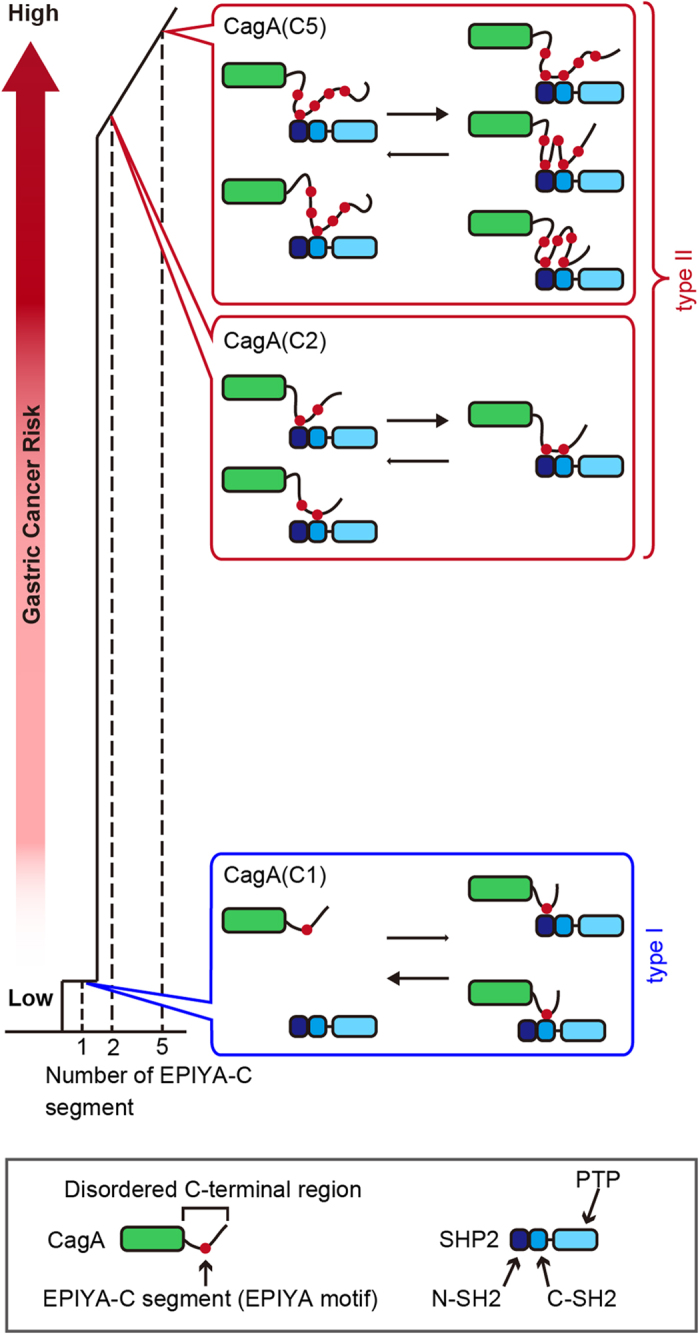Figure 5. A mechanism that correlates the number of the CagA EPIYA-C segments with gastric cancer risk.

CagA containing multiple EPIYA-C segments (type II Western CagA) binds to either the N-SH2 or C-SH2 domain of SHP2 and subsequently the second binding to the other SH2 domain occurs, thereby forming a stable bivalent complex. On the other hand, CagA containing a single EPIYA-C segment (type I Western CagA) cannot make the second interaction, leaving the monovalent CagA-SHP2 complex unstable. The strength of complex formation steadily elevates among type II CagA as the number of the EPIYA-C segments increases from two to more, due to an elevated local concentration of EPIYA-C. The difference between a single EPIYA-C segment and two or more EPIYA-C segments in the SHP2 binding activity provides the molecular basis underlying an increased risk of gastric cancer in individuals infected with H. pylori carrying type II Western CagA.
